Specialized Investment Funds (SIFs) Risks, Long-Short Strategies & Who Should Invest
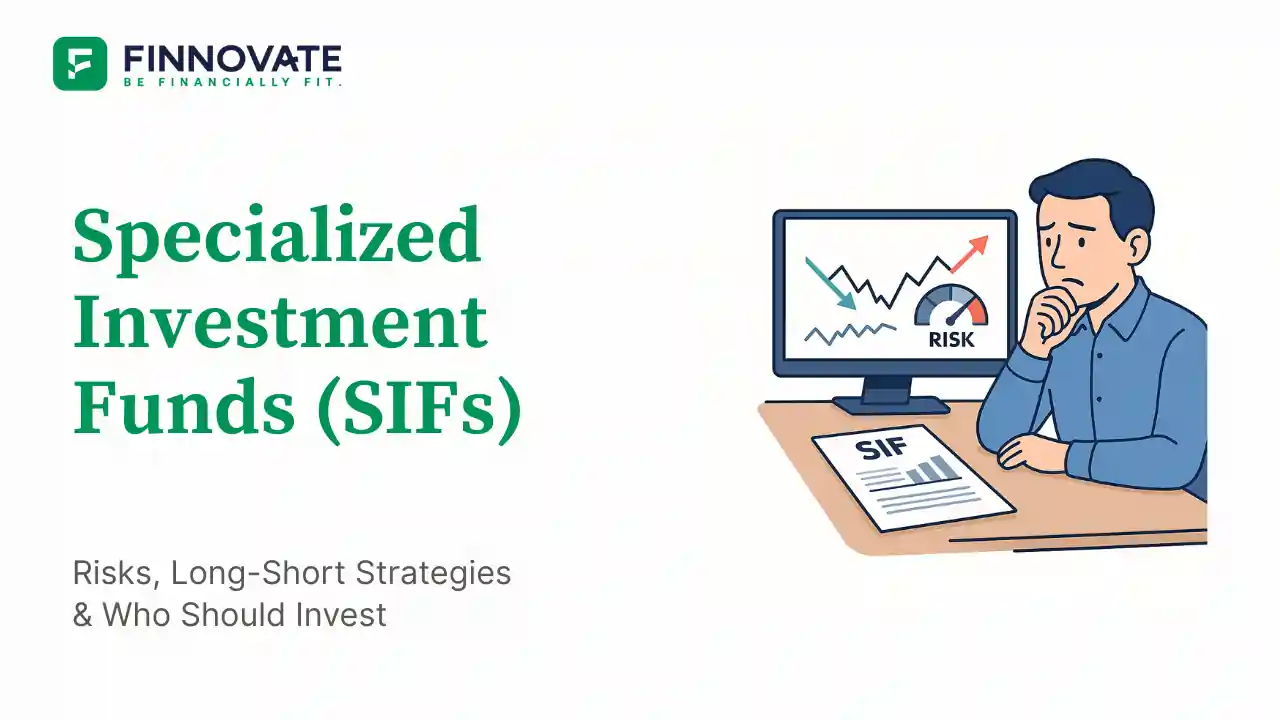
By

Specialized Investment Funds (SIFs) are a relatively new investment option in India, positioned between the mass-market appeal of mutual funds and the exclusivity of portfolio management services (PMS). Read all about about SIFs -->
The minimum investment is ₹10 lakhs, which may not seem prohibitive for many upper-middle-class or affluent retail investors. However, just because you can invest does not mean you should - understanding the risks is critical before committing money.
Since SEBI approved the SIF framework, several asset management companies (AMCs) have shown interest in launching such products.
Edelweiss plans to introduce SIFs under a distinct brand.
ICICI Prudential is also preparing to launch its own version.
Quant AMC will be the first to roll out an SIF, specifically a long-short fund.
This announcement has been met with significant market enthusiasm, with some calling it a game-changer in how investors balance risk and return. However, the reality is more complex - a long-short SIF carries a distinct set of risks.
The appeal of a mid-point product between mutual funds and PMS is obvious. Yet, the regulatory and operational environment in India adds layers of complexity.
On paper, the concept of “buy when you expect prices to rise and sell when you expect them to fall” sounds appealing. In practice, India’s market structure limits these strategies:
Long-short and other complex SIF strategies are not suitable for most investors.
Instead, they are best reserved for:
If you are investing for:
… then well-regulated equity mutual funds or other mainstream investment avenues are better suited. SIFs, especially long-short versions, introduce significant complexity and risk that most goal-based investors do not need.
The launch of Specialized Investment Funds is an interesting development in India’s capital markets. Quant’s long-short SIF will be closely watched as a test case for this new category.
However, investors must recognize that strategies like long-short and beta hedging, while appealing on paper, face real-world constraints in India - from market structure limitations to liquidity risks.
For those with the appetite and means to take on such risks, SIFs can be an experimental addition to a diversified portfolio. For everyone else, especially those with essential long-term goals, SIFs should remain on the sidelines.
Disclaimer: This article is for informational purposes only and does not constitute investment advice. Investors should consult with a qualified financial advisor before making investment decisions.

Learn how to easily download your NSDL CAS Statement in PDF format with our step-by-step guide. Follow our instructions to log in to NSDL e-Services, download your account statement, and subscribe for
Read Full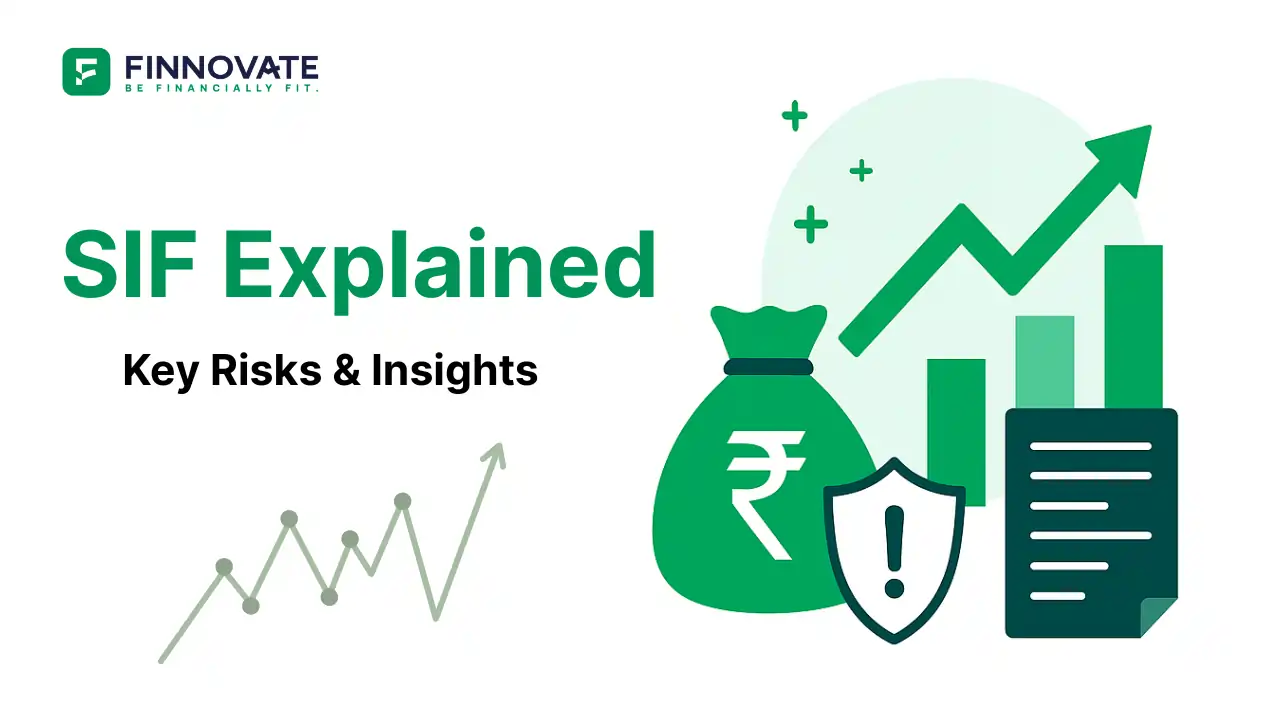
Explore what Specialised Investment Funds (SIFs) are, their benefits, taxation, minimum investment, how to invest, how they compare with mutual funds and PMS and latest developments in SIF space
Read Full
Learn How to Download Your CDSL CAS Statement with our step-by-step guide. Easy instructions for accessing your investment details online.
Read Full
Analyzing the potential economic impact of the 2025 India-Pakistan conflict on India's GDP growth, manufacturing sector, and foreign investment.
Read Full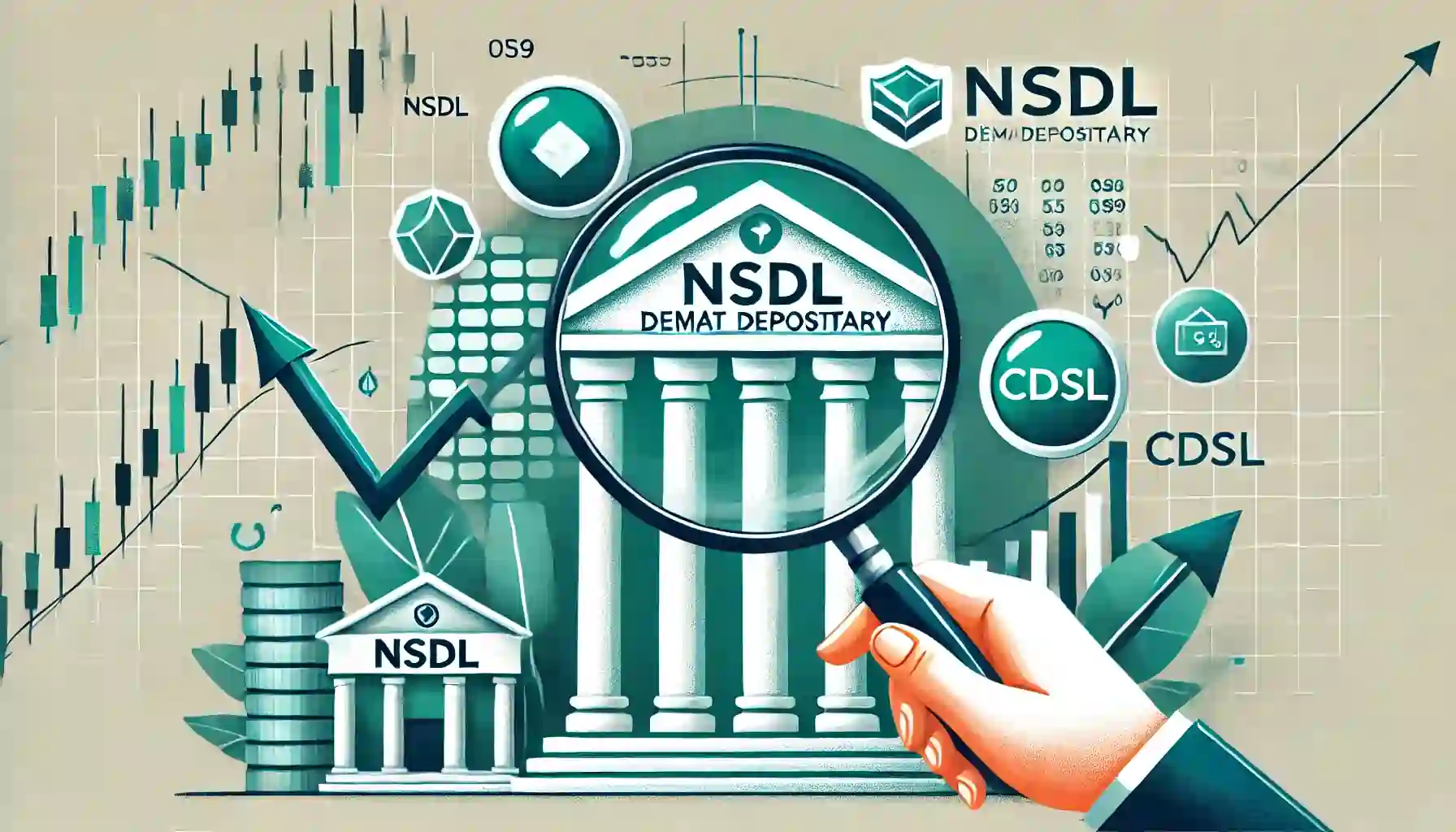
Determine if your Demat Depositary (DP) is NSDL or CDSL easily. Follow our guide to check using broking platforms or Demat account number formats
Read Full
Looking for the best financial freedom books? Here’s a handpicked 2025 reading list with summaries, why to read, and who it's best for.
Read Full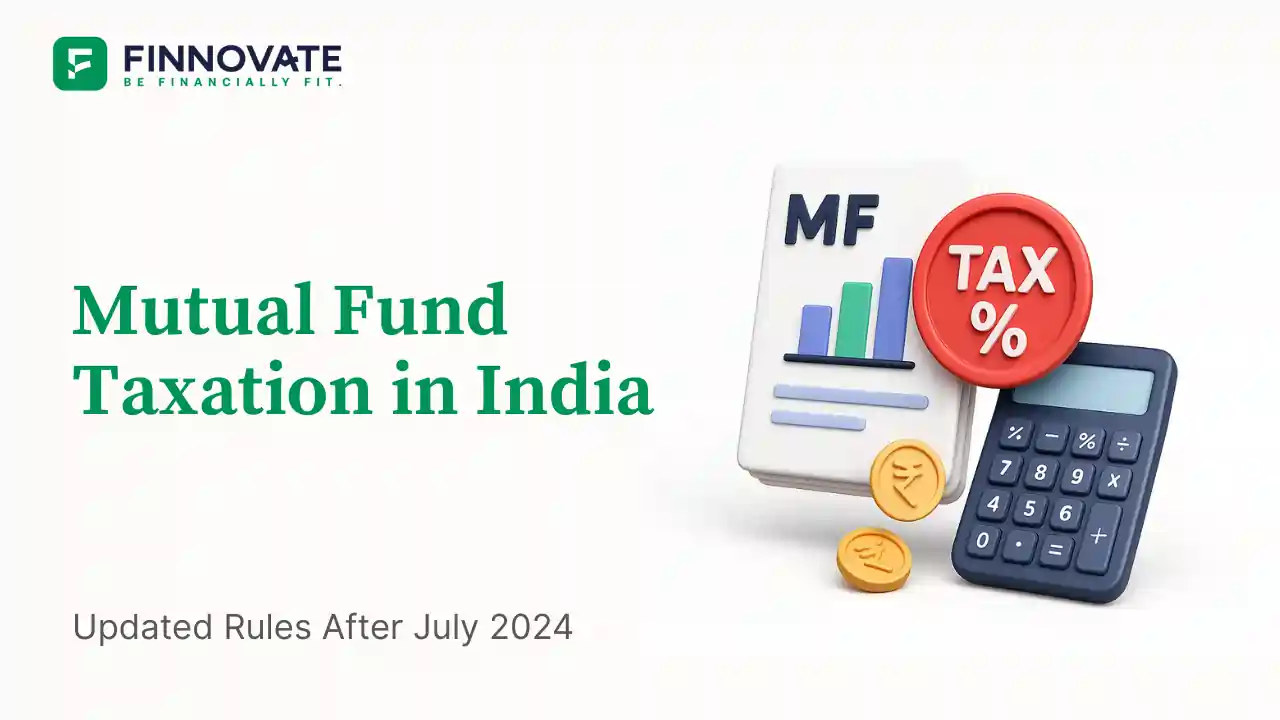
Clear guide to mutual fund taxation in India for FY 2025–26 after July 2024 changes: equity STCG 20%, LTCG 12.5% with ₹1.25L exemption, debt/hybrid rules, dividends, examples, tables, and FAQs.
Read Full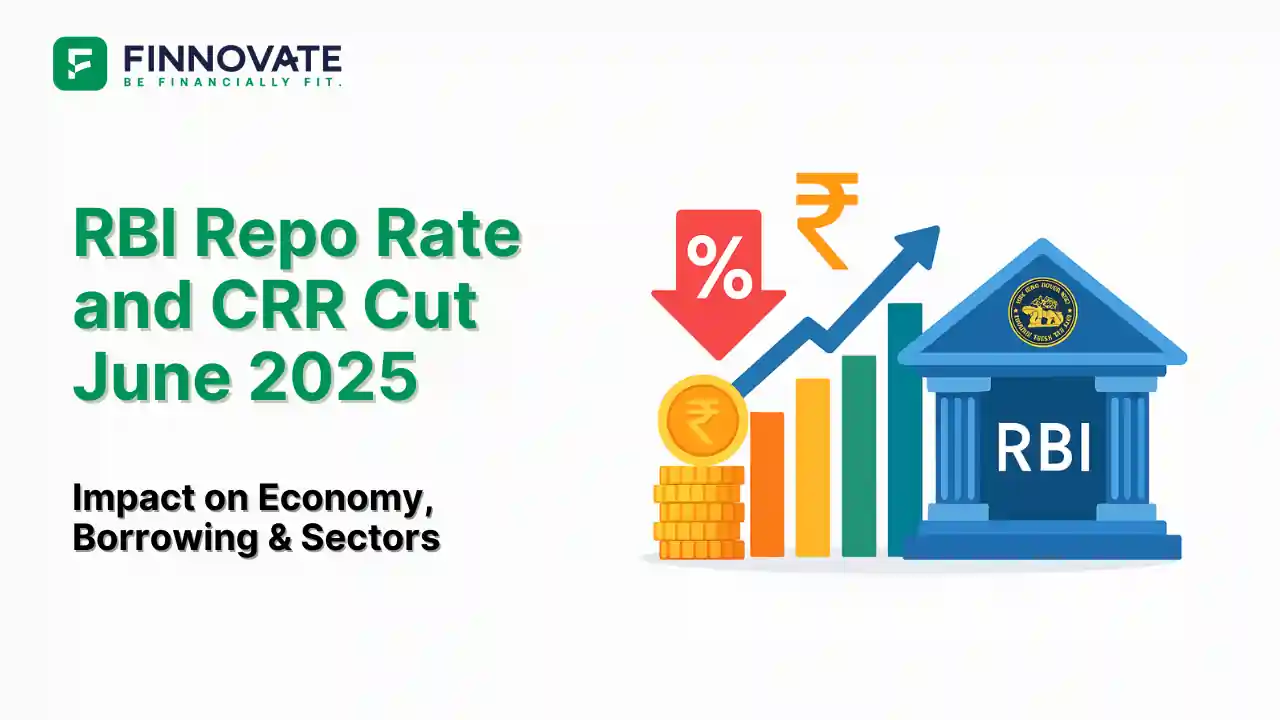
RBI cuts repo rate by 50 bps and CRR by 100 bps in June 2025 to boost growth. Learn how it impacts inflation, borrowing, sectors, and market trends.
Read Full